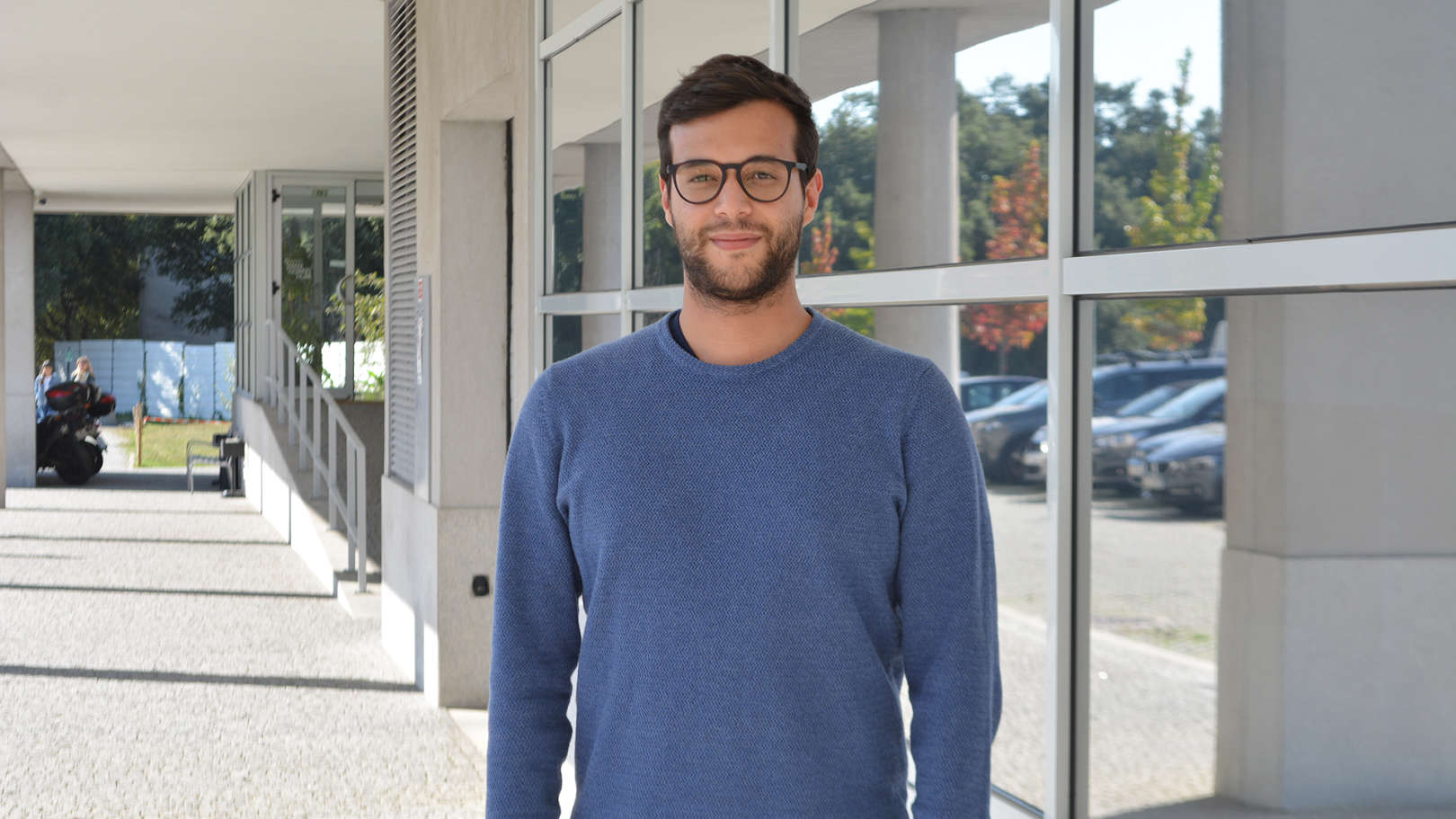About
Wilson Silva holds an integrated master (BSc+MSc) degree in Electrical and Computer Engineering obtained from the Faculty of Engineering of the University of Porto (FEUP) in 2016. During the master, he was also a visiting student at the Karlsruhe Institute of Technology (KIT) in Karlsruhe, Germany. Since the end of 2017, Wilson is a PhD student in Electrical and Computer Engineering at FEUP and a Research Assistant at INESC TEC, where he is associated with the Visual Computing and Machine Intelligence (VCMI) and Breast Research groups. In between these academic and research experiences, he worked for one year as an IT Advisor at KPMG Portugal in Lisbon. During the academic year of 2018/2019, Wilson was an Invited Assistant at FEUP, teaching practical classes of introductory courses in programming and digital systems. Currently, he is a visiting PhD student at the Bern University Hospital (Inselspital) and at the University of Bern, in Bern, Switzerland. His main research interests include Machine Learning and Computer Vision, with a particular focus on Explainable Artificial Intelligence and Medical Image Analysis.


